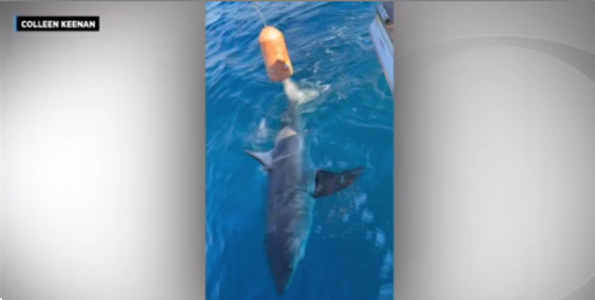Nemytalu
Active Member
I've been in environmental consulting for over 15 years and have the pleasure of working with marine biologists and fisheries scientists (not the DFO type) all the time. I pick their brains regularly about fish habitat preferences, life history, seasonality, food chain etc. As a sport fisherman, I think of it as a perk of the job.
Over the water cooler recently, one of my scientist colleagues said that recent research indicated mortality for sport-caught salmon was about 70% (30% survival). Didn't get a reference (sorry) but I found that shocking and I've met it with skepticism. A quick glance through some papers suggests there's plenty of debate about any mortality rate from recreational fishing and a wide range of statistics, but it seems to hinge on the species fished and the angler's methods.
I wouldn't hazard a guess regarding actual mortality rates, but I did find this paper particularly informative in how to give the catch a better chance:
Over the water cooler recently, one of my scientist colleagues said that recent research indicated mortality for sport-caught salmon was about 70% (30% survival). Didn't get a reference (sorry) but I found that shocking and I've met it with skepticism. A quick glance through some papers suggests there's plenty of debate about any mortality rate from recreational fishing and a wide range of statistics, but it seems to hinge on the species fished and the angler's methods.
I wouldn't hazard a guess regarding actual mortality rates, but I did find this paper particularly informative in how to give the catch a better chance:


